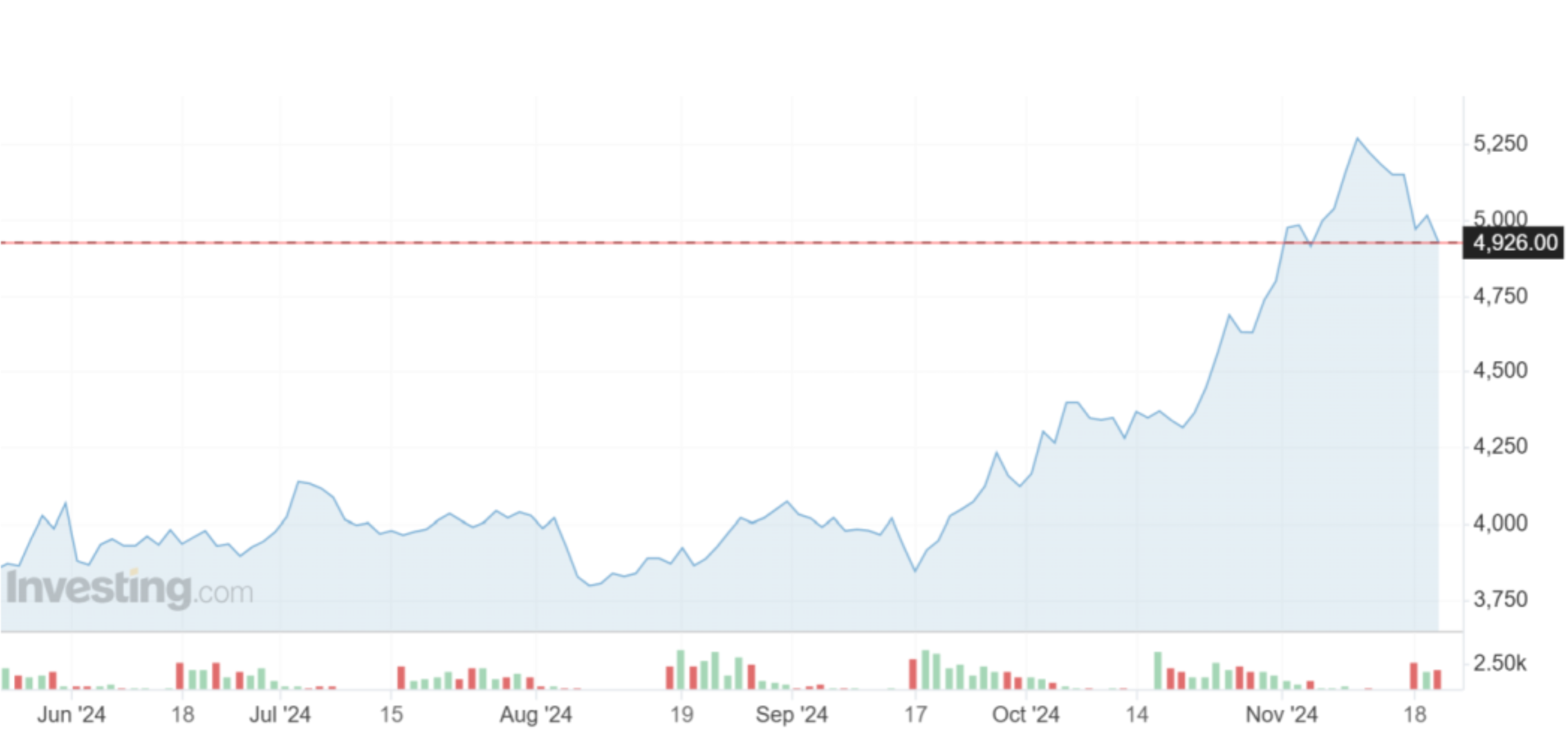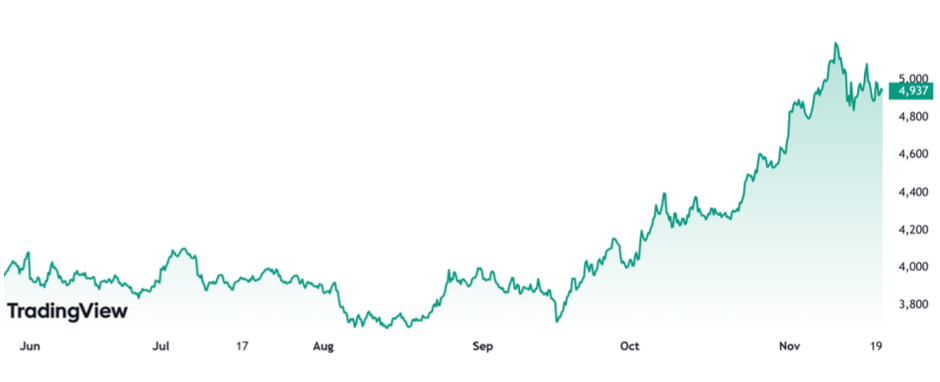US submarine mysterious malfunction - Koon Yew Yin
Koon Yew Yin
Publish date: Tue, 19 Oct 2021, 10:17 PM
US officials recently revealed that the US Seawolf-class nuclear attack submarine USS Connecticut (SSN-22) hit an "unknown object" while submerged on October 2 in international waters in the South China Sea.
"Where exactly did the accident take place? Did the accident cause nuclear leakage and pollute the marine environment? Will this accident impact the navigation safety and fishery in the area where it took place?" asked Zhao, Chinese official.
Experts reached by the Global Times believe the "unknown object" collided with the USS Connecticut is more likely an artificial fish reef rather than a breeding cage.
"The US' silence on the issue is probably because they made a stupid mistake and are too embarrassed to talk about it," experts said.
A Chinese marine fishery expert who requested to remain anonymous told the Global Times on Tuesday that it is very unlikely that the US submarine hit a Chinese fishing gear in international waters in the South China Sea as most of China's yellow croaker breeding cages are located in East China's Fujian. The fish raised in the South China Sea belong to other species like cobias. Moreover, China's fish breeding cages are mostly located in an enclosed sea area and only a few are in the open sea, according to the expert.
The marine fishery expert was echoed by a Beijing-based naval expert, Li Jie. Li told the Global Times on Tuesday that it is more likely that the US nuclear submarine hit an artificial fish reef like a shipwreck or cement reef.
Seawolf-class nuclear submarines like the USS Connecticut use passive sonar to identify and locate targets. Passive sonar is highly covert and has long detection range and it is the preferred way for submarine underwater detection in peace-time operations and daily sailing, according to Li.
When it comes to offensive manoeuvres
or navigating in environments with complex bottom topography, submarines would change to positive sonar for detection. But some recent analysis suggest that submarines would also use passive sonar to cover their tracks sometimes, Li noted.
The bottom of the South China Sea is famously complex and not friendly to sonar detection. Under this circumstance, the possibility that the accident happened because the US crew failed to switch to positive sonar in a complex navigation environment could not be ruled out, Li said, noting that US submarines have had collision accidents due to operational errors in the past.
As to the US military's silence over the USS Connecticut's recent accident, Li said it is linked to the previous flaunt of US presence in the South China Sea, which "reinforces the possibility that the USS Connecticut made an embarrassing stupid mistake in the South China Sea that they do not want to talk about."
My comment: Currently US has a fleet of warships in the South China Sea and the Chinese cannot drive them out. Since the Chinese are so advance in various type of technology, I believe the Chinese could have jammed the US nuclear submarine navigation system.
Lesson for Australia:
The Australian government is preparing for the cost of its planned fleet of nuclear-powered submarines to easily surpass $100 billion. Australian political leaders should take notice of the US nuclear submarine mysterious malfunction. In fact, the acquisition of nuclear submarines will make Australia less secured. In case of nuclear war, millions of people from each country will die. Australia should not waste so much money because China has not invaded any country in the last 500 years.
More articles on Koon Yew Yin's Blog
Created by Koon Yew Yin | Dec 26, 2024
Indonesia is the biggest palm oil producer in the world. Indonesia plans to implement biodiesel with a mandatory 40% blend of palm oil-based fuel from Jan. 1 next year, a senior energy ministry offi..
Created by Koon Yew Yin | Dec 13, 2024
Indonesia remains committed to start implementing a 40% mandatory biodiesel mix with palm oil-based fuel, or B40, on Jan 1 next year, its chief economic minister said. Indonesia, the world's largest..

Created by Koon Yew Yin | Dec 12, 2024
Indonesia is the world's largest producer of palm oil, producing an estimated 46 million metric tons in the 2022/23 marketing year. Indonesia also exports over 58% of its production, making it the w..
Created by Koon Yew Yin | Dec 03, 2024
Indonesia is the largest palm oil producer in the world. Indonesia plans to implement biodiesel with a mandatory 40% blend of palm oil-based fuel from Jan. 1 next year, a senior energy ministry offi..
Created by Koon Yew Yin | Nov 25, 2024
My younger brother who was a dentist had bipolar disorder. Unfortunately, he committed suicide about 12 years ago.

Created by Koon Yew Yin | Nov 22, 2024
All plantation companies are reporting better profit for the quarter ending September when CPO price was about RM 3,800 per ton.

Created by Koon Yew Yin | Nov 21, 2024
Indonesia is the biggest palm oil producer in the world. Indonesia plans to implement biodiesel with a mandatory 40% blend of palm oil-based fuel from Jan. 1 next year, a senior energy ministry offici

Created by Koon Yew Yin | Nov 20, 2024
Indonesia plans to implement biodiesel with a mandatory 40% blend of palm oil-based fuel from Jan. 1 next year, a senior energy ministry official said recently, lifting prices of the vegetable oil...

Created by Koon Yew Yin | Oct 30, 2024
Latest poll on 30th Oct 2024
Created by Koon Yew Yin | Oct 30, 2024
Latest poll on 30th Oct 2024



















jonnyjonny64
bruh
2021-10-20 18:00